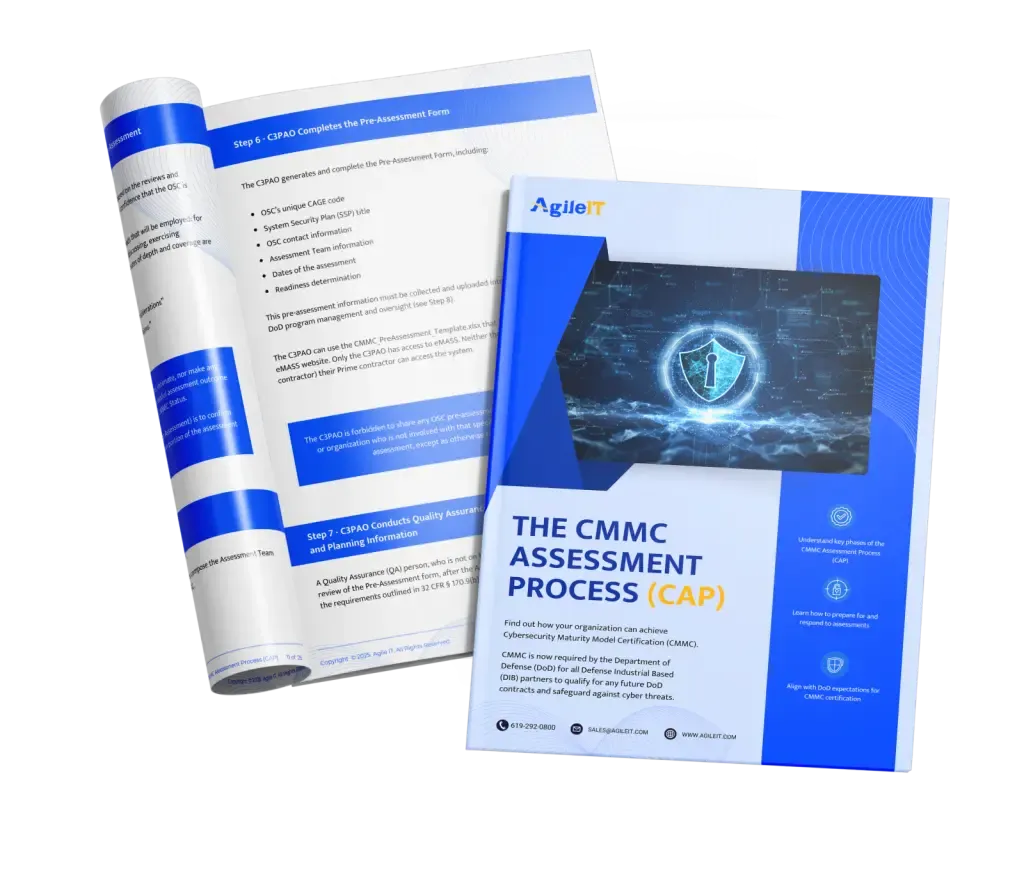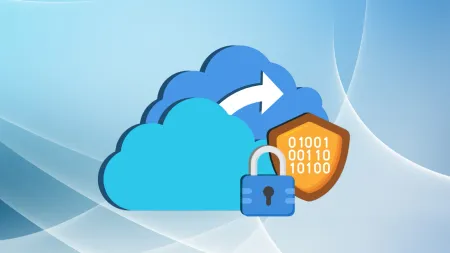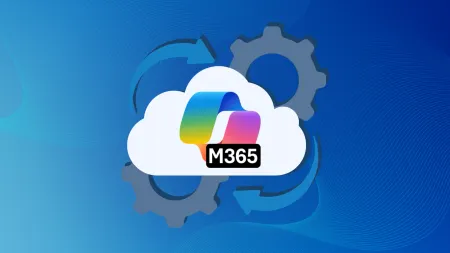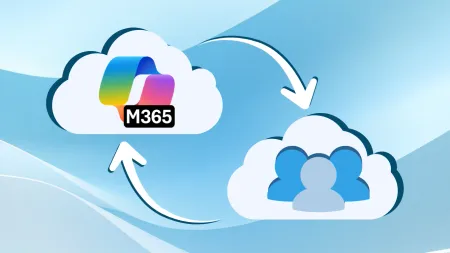Navigating the Microsoft GCC High Validation Steps
Explore the step-by-step process for Microsoft GCC High validation, including eligibility, documentation, and how to secure access for CMMC and DFARS compliance.

This is Post #4 of our GCC High Licensing and Validation Series
If you missed the earlier posts, start here to get the full picture:
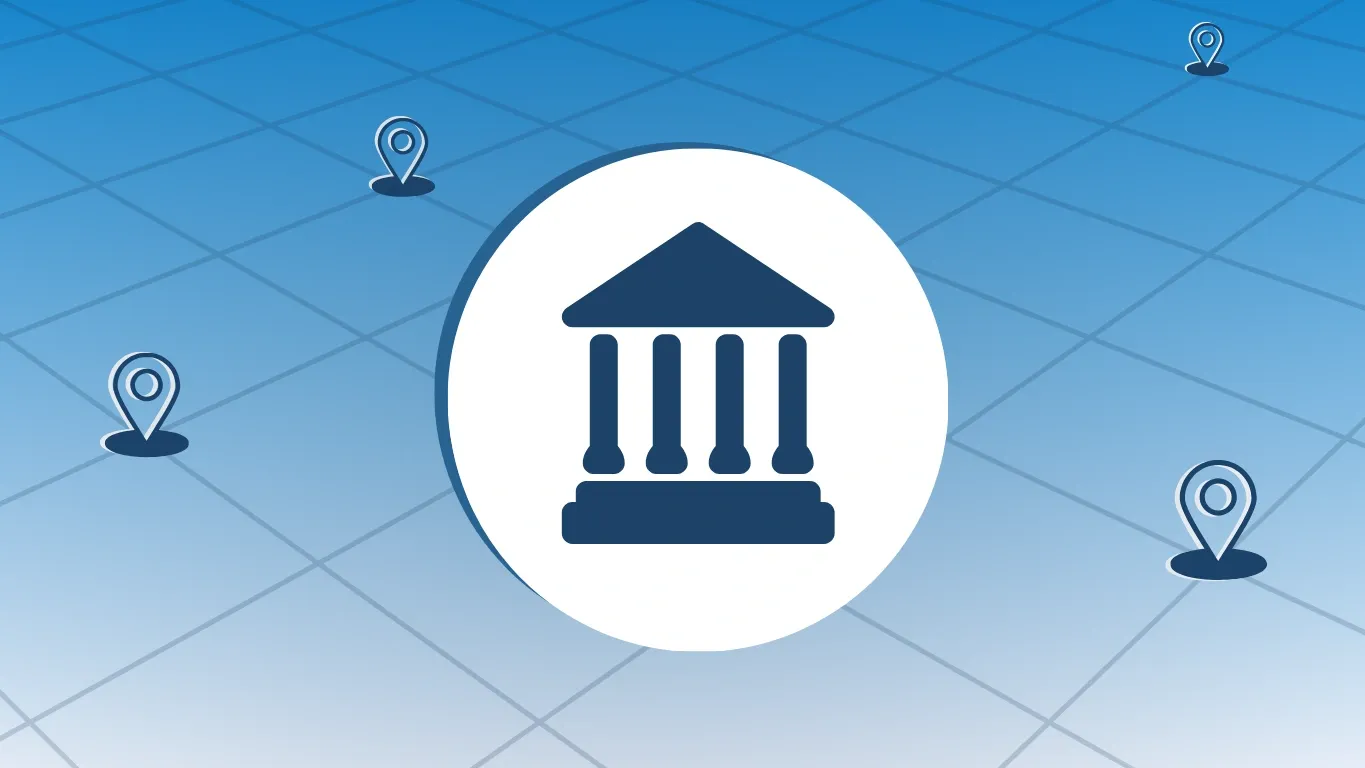
For organizations within the defense industrial base (DIB) handling sensitive government data such as Controlled Unclassified Information (CUI), enhanced cybersecurity measures are essential in order to maintain compliance and protect national security. When operating in a Microsoft cloud environment, this means foregoing Microsoft’s commercial tenants in favor of one of their government solutions. In particular, organizations handling International Traffic in Arms Regulations (ITAR) data and/or subject to CMMC 2.0 Levels 2 or 3 will need Microsoft Government Community Cloud (GCC) High in order to properly secure their data and meet their contractual compliance obligations. This is because GCC High is specifically designed to meet the evolving cybersecurity needs of the federal government, and as such, it provides enhanced security and compliance features as well as data residency, which is necessary to protect sensitive government data. However, if you are considering migrating to GCC High to meet your compliance obligations, it’s important to note that you must first be validated by Microsoft before you can purchase GCC High licenses. Of course, this may leave you wondering why this is necessary, and what this validation process entails. Keep reading to learn more about GCC High validation and the steps involved in this process.
What is Microsoft GCC High Validation?
If you’re unfamiliar with the GCC High migration process, the first thing you may find yourself asking is what GCC High validation is. Microsoft GCC High validation is the eligibility assessment process used by Microsoft to confirm that a customer is qualified to use GCC High and needs it to ensure compliance with federal cybersecurity regulations. The fact is that the use of GCC High is limited to government entities as well as federal contractors, subcontractors, and suppliers who handle sensitive government data to ensure that access to Microsoft Azure Government (on which GCC High is built) is restricted to qualified entities to protect the platform’s security. Validation is then an essential first step for organizations looking to use GCC High, as it allows Microsoft to guarantee that entities using GCC High meet the stringent security and compliance standards required by the Department of Defense (DoD).
Who Needs to Be Validated?
Going through the process of applying for GCC High validation can feel overwhelming and time consuming, which may lead you to wonder who it applies to and whether there is any way around it. However, the reality is that there is no avoiding the validation process if you want to use GCC High, as all organizations who want to purchase GCC High licenses must be validated by Microsoft. Due to the extreme security and compliance demands of the DoD, validation is required of all entities who want to use GCC High in order to secure this environment and protect national security.
Pre-Validation Requirements
While applying for GCC High validation can feel like an overwhelming prospect, taking time to thoroughly prepare for validation, including gathering all necessary documentation, can help ensure that this process goes as smoothly as possible. Proper preparation is also essential to reduce the chances of delays or your application being rejected. A few of the steps that you should take to prepare for GCC High validation include:
- Having an active SAM.gov registration or CAGE code.
- Obtaining a sponsorship letter from a valid U.S. Government Entity.
- Have a copy of a signed government contract showing direct or indirect handling of regulated data.
- And, contacting an authorized AOS-G or LSP Microsoft GCC High reseller to help you prepare your GCC High validation application.
Step-by-Step GCC High Validation Process
Once you’ve gathered all the required documentation and found an experienced GCC High reseller and migration partner, you’ll be ready to start the validation process. The first step you should take is to confirm that you meet all the eligibility requirements for GCC High so that your application is not rejected. Once you have done this, you can achieve GCC High validation by completing the following steps:
- Gather all required documentation.
- Complete Microsoft’s validation request form.
- Submit for validation through an authorized Microsoft partner or reseller.
- Wait for Microsoft to review your information (2–5 business days).
- Submit additional documentation if requested by Microsoft.
- Wait for your validation approval email (1–2 weeks).
- Once approved, proceed to license purchasing and tenant setup.
Common Pitfalls to Avoid
With the right preparation, the GCC High validation process can go smoothly and take as little as 1–2 weeks. Unfortunately, organizations often make mistakes that can delay the GCC High validation process as well as their overall compliance journey. The good news is that knowing these pitfalls can help you take proactive steps to avoid them. One of the biggest mistakes organizations make is incorrectly filling out the validation form, which can lead to significant delays in the validation process. It is then essential that you take time when filling out this application and carefully read what is required of you so that you don’t make any easily avoidable mistakes. In particular, it is important that you take your time when filling out the justification section. Merely putting “compliance” as your justification for needing GCC High is insufficient; you need to provide a detailed account of the type of government data you handle and the federal regulations you must maintain compliance with. You may also face delays in the validation process if you do not have the proper documentation when asked for it by Microsoft, or if your SAM registration is expired. You should also ensure that you select an authorized GCC High reseller, as GCC High can only be sold by approved vendors.
Tips for a Smooth Validation Experience
While common mistakes and pitfalls can delay or complicate the GCC High validation process, proper preparation can help ensure that you have a smooth validation experience. Here’s a look at a few simple steps that you can take to ensure your validation goes without a hitch.
-
Prepare Early: It is important not to underestimate the complexity of a GCC High migration, as this process can take several months. You should then start the validation process as soon as possible so that you don’t feel rushed by compliance deadlines, as rushing can lead to mistakes.
-
Work With an Experienced GCC High Partner: Consider partnering with an experienced Managed Service Provider (MSP) who is also a Microsoft-authorized AOS-G partner. Working with an MSP who has experience with GCC High onboarding can not only streamline the validation process, but it can also help ensure that your migration goes as smoothly as possible.
-
Double-Check All Submission Requirements: Before you submit your validation request, make sure that you double-check everything to ensure that you’ve met every submission requirement. The fact is that missing even a single question or failing to submit a document could delay your validation by several weeks.
What Happens After Validation?
Once your validation application has been submitted to Microsoft, you should expect to hear back from a Microsoft representative within two business days to request more documentation. After submitting all requested documents, you should hear back from Microsoft within 1-2 weeks unless they are experiencing delays. At this point, you will either receive an email confirming your eligibility, or Microsoft may request additional information. Once you’ve received your eligibility confirmation, you will be free to purchase GCC High licenses. This is where partnering with an experienced AOS-G reseller is essential, as they will be able to walk you through your licensing options, help you choose the right licenses for your organization, and facilitate your onboarding or migration and tenant setup process.
Need Help Getting Validated for GCC High? Contact Agile IT Today
For government contractors handling sensitive information such as CUI and ITAR data, migrating to GCC High is essential to meet compliance obligations. However, GCC High migrations are no simple task, and proper preparation is vital to a fast, smooth path to compliance. In particular, it’s important that you do not rush the GCC High validation process, as this is a critical first step toward secure cloud operations, and making mistakes can lead to significant delays.
If you are in the process of starting a GCC High migration, consider contacting Agile IT today. As a Microsoft-authorized AOS-G partner, we can help streamline the validation process, plan your migration, and ensure this transition is as easy as possible for you and your team. Contact us today to learn more about our services as well as to schedule a strategy call.
